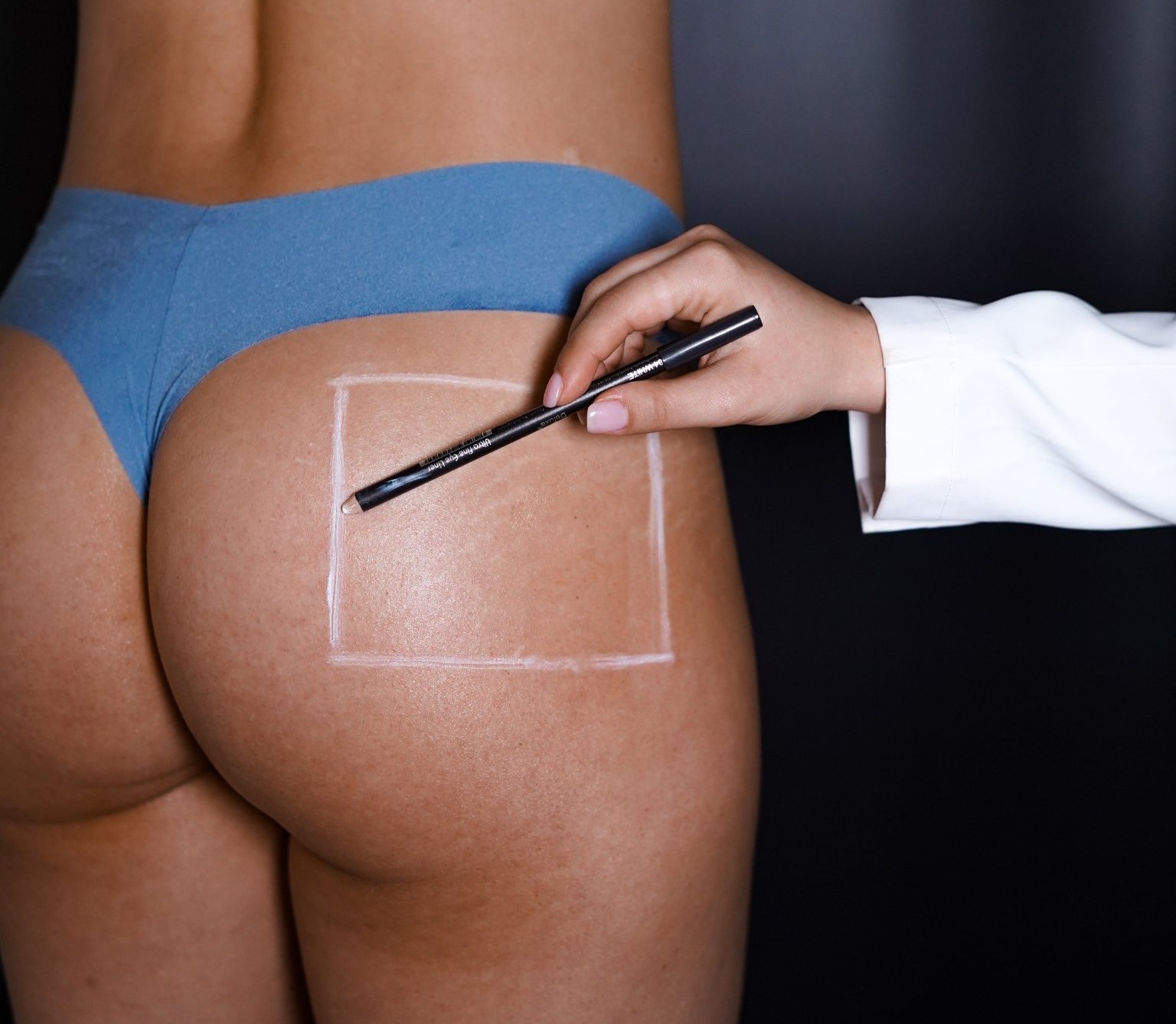
The contemporary approach to non-surgical body contouring has placed a significant focus on injectable treatments designed to enhance volume and smooth contours in areas previously reserved for invasive surgery. Among these, buttock fillers have emerged as a high-demand alternative for individuals seeking augmentation without the downtime and risks associated with a Brazilian Butt Lift (BBL) or implants. Yet, the question of cost, perhaps more than any other variable, often determines accessibility and choice for prospective patients. The price structure of butt fillers is exceptionally intricate, influenced by a confluence of variables that extend far beyond a simple per-syringe calculation. It involves a fundamental understanding of the material science, the required volume for a noticeable change, the logistics of treatment protocols, and, crucially, the geographic and professional landscape of cosmetic medicine. Therefore, exploring the expected financial commitment necessitates a deep dive into the specific types of materials used and how different clinicians package and price this high-volume procedure.
…the question of cost, perhaps more than any other variable, often determines accessibility and choice for prospective patients.
The Core Difference in Pricing: Volume Required for Noticeable Change
One cannot discuss the cost of butt fillers in the same breath as facial fillers, and this difference stems purely from the issue of scale. While a facial procedure might require one to four syringes of material to achieve a desired outcome, buttock augmentation requires volumes that are exponentially greater to effect a visible change in contour or projection. The buttocks are a large, fleshy, and structurally dense area, necessitating dozens of milliliters of product, often measured in vials or large-volume syringes. This massive requirement for material means that the total cost is not merely a summation of individual unit prices; it is a complex calculation based on the cumulative volume needed for the clinical goal—whether it is filling hip dips, improving upper quadrant volume, or achieving a subtle overall lift. Consequently, the sticker price for a single treatment session will invariably be several times higher than even the most comprehensive facial rejuvenation.
…buttock augmentation requires volumes that are exponentially greater to effect a visible change in contour or projection.
The Material Variable: PLLA vs. Hyaluronic Acid Pricing Dynamics
The type of filler utilized introduces the next major fluctuation in the financial expectation. The two dominant categories are Poly-L-lactic acid (PLLA), primarily known by the brand Sculptra, and high-viscosity Hyaluronic Acid (HA) fillers, such as those explicitly formulated for body contouring. PLLA functions as a collagen stimulator; it is not the immediate volume of the injected product that matters, but the slow, natural collagen growth it provokes over several months. PLLA is typically priced per vial, and a full buttock augmentation protocol often demands six to ten or more vials across multiple sessions. The total cost, therefore, represents an investment in a protracted process of collagen synthesis. In contrast, HA fillers provide immediate volume, making the visual change perceptible instantly. HA is often more expensive per milliliter than PLLA initially, but its application requires large-volume syringes (e.g., 10ml to 50ml), and the number of these syringes per session significantly drives up the initial expense. Understanding this material-based cost difference is fundamental, as one pays for a biological process with PLLA and for immediate, physical volume with HA.
…PLLA is typically priced per vial, and a full buttock augmentation protocol often demands six to ten or more vials across multiple sessions.
The Number of Treatment Sessions: An Iterative Financial Commitment
The total financial outlay for buttock enhancement is rarely concluded in a single office visit. Both PLLA and HA protocols almost always involve multiple treatment sessions spaced several weeks or months apart. PLLA, due to its nature as a collagen stimulator, requires two to four sessions for the full effect to materialize and for the patient to achieve their final desired contour. Each of these sessions, which occur over a span of several months, carries its own cost for the material and the practitioner’s time. While high-volume HA fillers can deliver a more pronounced result in one sitting, even these often require a second session to fine-tune the contour or to add additional volume, particularly if the patient is seeking a more dramatic change. Therefore, budgeting for buttock fillers must account for this iterative nature, recognizing that the advertised cost for a single session is not the final cost for the desired outcome. This multi-session model is a critical element of the pricing structure.
…Both PLLA and HA protocols almost always involve multiple treatment sessions spaced several weeks or months apart.
Geographical Location and Clinic Reputability: Unseen Cost Drivers
The geographic placement of the clinic and the perceived reputability of the practitioner play an inordinate role in dictating the final price. Clinics situated in major metropolitan hubs or areas with a high concentration of aesthetic consumers typically incur higher operational costs—rent, staff salaries, and overhead—which are inevitably factored into the treatment fee. Furthermore, the expertise, training, and reputation of the injector command a significant premium. A board-certified physician with years of specialization in high-volume body contouring and a proven track record will, and should, charge more than a less experienced professional. Patients are paying for the injector’s precision, artistic eye, and, most importantly, their safety. Therefore, while a less-established clinic in a smaller market might offer a seemingly appealing low price, it is often a false economy that could compromise the final aesthetic result or introduce unnecessary risks. The high cost in certain locales is a direct reflection of the specialization and safety standards.
…The high cost in certain locales is a direct reflection of the specialization and safety standards.
The Comparison to Surgical Alternatives: Initial Savings Versus Long-Term Cost
A crucial component of understanding the cost of butt fillers involves comparing it to the alternatives, primarily the surgical BBL. At first glance, the filler procedure is drastically less expensive. A surgical BBL in many markets can easily range from to over
, encompassing surgeon’s fees, anesthesia, facility fees, and post-operative garments. A single session of butt fillers, starting in the range of
to
, appears to be the more cost-effective choice. However, fillers are not permanent. PLLA results may last two to three years, and HA fillers typically require re-administration every twelve to eighteen months. Over a five to ten-year period, the cumulative cost of repeated filler treatments and maintenance sessions can potentially approach or even exceed the long-term cost of a single, permanent surgical procedure. This comparison reframes the immediate cost difference, shifting the financial calculation from an upfront expense to a long-term amortization of aesthetic maintenance.
…Over a five to ten-year period, the cumulative cost of repeated filler treatments and maintenance sessions can potentially approach or even exceed the long-term cost of a single, permanent surgical procedure.
Hidden Fees and Associated Expenses: What the Quote Often Excludes
When evaluating a price quote for buttock fillers, patients must be aware that the quoted figure often does not represent the full financial commitment. Auxiliary costs are nearly always involved. These can include mandatory pre-treatment consultation fees, which can range from nominal to several hundred dollars. Anesthesia fees are also a factor; while general anesthesia is not used, high-volume filler procedures often require large amounts of local anesthetic and specialized tumescent solution to ensure patient comfort, and these materials contribute to the overall bill. Furthermore, post-treatment care items, such as specialized compression garments or prescription medications to manage temporary discomfort, are out-of-pocket expenses that add to the total investment. Diligently inquiring about all-inclusive pricing is the only reliable way to avoid unwelcome financial surprises after the procedure has commenced.
…Diligently inquiring about all-inclusive pricing is the only reliable way to avoid unwelcome financial surprises after the procedure has commenced.
The Influence of Volume Customization: Tailoring the Price to the Goal
The patient’s aesthetic goal is arguably the most personalized factor influencing the total cost. A patient seeking to address only a minor depression, like a subtle hip dip, will require a significantly smaller volume of filler than a patient who desires a substantial increase in overall projection and curvature. Since the product itself is the most expensive component of the treatment, the degree of customization directly correlates with the final cost. Achieving a minor contouring enhancement might remain at the lower end of the cost spectrum, whereas pursuing a dramatic “non-surgical BBL” effect will push the required volume, and thus the expense, toward the upper echelons. The practitioner’s assessment in the initial consultation determines this critical volume requirement, which then sets the trajectory for the total financial commitment across all required sessions.
…A patient seeking to address only a minor depression, like a subtle hip dip, will require a significantly smaller volume of filler…
Maintenance and Longevity Costs: Planning for Financial Continuity
Beyond the initial treatment protocol, the long-term financial reality of butt fillers includes the cost of maintenance. Even the most durable products, like PLLA, require occasional “top-up” sessions to sustain the enhanced contour against the natural processes of aging and filler absorption. These maintenance costs, which often involve a reduced volume of product compared to the initial sessions, must be factored into the patient’s long-term budget. Failing to plan for this financial continuity means accepting a gradual regression to the pre-treatment contour. The initial cost is merely the price of entry; the true financial model is an ongoing subscription to a desired aesthetic.
…Failing to plan for this financial continuity means accepting a gradual regression to the pre-treatment contour.
Final Thoughts on Navigating the Complex Financial Landscape
The cost of butt fillers is not a monolithic figure but a dynamically calculated investment shaped by material choice, the volume required to achieve a specific contour, the number of necessary sessions, and the unparalleled expertise of the provider. Prospective patients should approach the pricing with skepticism toward any figure that seems unusually low and with a comprehensive understanding of the long-term financial commitment involved in maintaining the non-surgical enhancement.
Butt filler costs are dictated by high material volume, choice of collagen stimulators or HA, multiple sessions, and specialist expertise, mandating a realistic budget.
